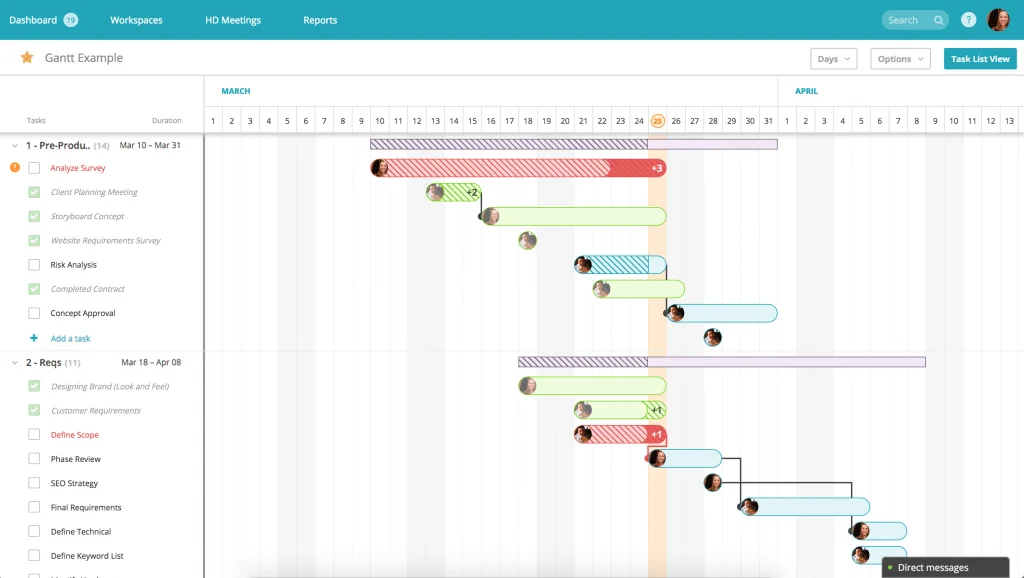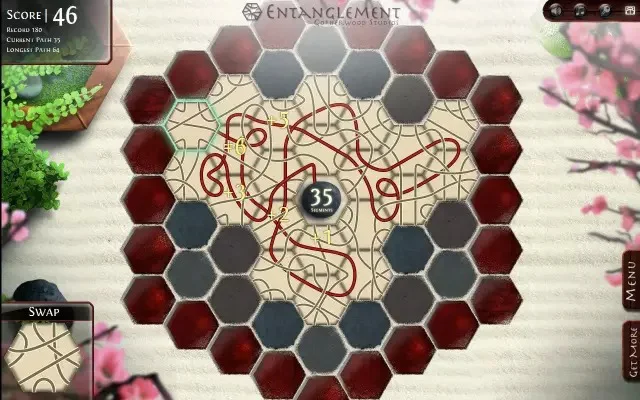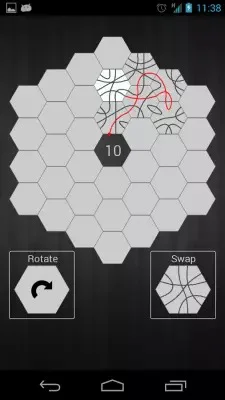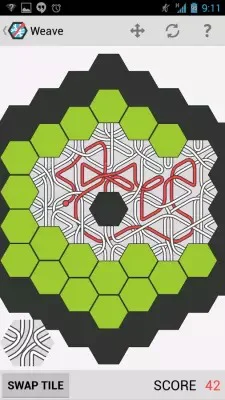Once I wanted to have something like a pretty “match” operator from Scala (or Rust, or C# 7), but in Clojure.
In this blog I explore some solutions for that available in Clojure world.
Use case
Generally, you would use pattern matching as a neat syntax for multiple if..else or switch..case statements.
Consider this example of transforming values between two enums:
if (entityType == DBEntityType::ISSUE) {
return UIEntityType::ISSUE;
} else if (entityType == DBEntityType::SUBTASK) {
return UIEntityType::SUBTASK;
} else {
return UIEntityType::UNKNOWN;
}
This could be written neatly with a switch..case statement:
switch (entityType) {
case DBEntityType::ISSUE:
return UIEntityType::ISSUE;
case DBEntityType::SUBTASK:
return UIEntityType::SUBTASK;
default:
return UIEntityType::UNKNOWN;
}
In C# starting with version 7 you could write this using switch expression:
return entityType switch {
DBEntityType.ISSUE => UIEntityType.ISSUE,
DBEntityType.SUBTASK => UIEntityType.SUBTASK,
_ => UIEntityType.UNKNOWN
};
But what if you have multiple conditions to check?
if (entityType == DBEntityType::ISSUE && permissions.canEdit(user, DBEntityType::ISSUE)) {
return UIEntityType::ISSUE;
} else if (entityType == DBEntityType::SUBTASK && permissions.canEdit(user, DBEntityType::SUBTASK)) {
return UIEntityType::SUBTASK;
} else {
return UIEntityType::UNKNOWN;
}
This can not be converted to switch..case nicely. But with switch expressions (or rather, pattern matching, in general) you can do something like this:
return entityType switch {
DBEntityType::ISSUE when permissions.canEdit(user, DBEntityType::ISSUE) => UIEntityType::ISSUE,
DBEntityType::SUBTASK when permissions.canEdit(user, DBEntityType::SUBTASK) => UIEntityType::SUBTASK,
_ => UIEntityType::UNKNOWN,
};
Using cond
(defn testFn [n]
(cond
(= n 1) "You entered 1!"
(= n 2) "You entered two!"
(= n 3) "You entered three!"
:else "You entered a big number!"
))
(defn complexFn [entityType user permissions]
(cond
(and (= entityType :db-issue) (can-edit? permissions user :db-issue) :ui-issue)
(and (= entityType :db-subtask) (can-edit? permissions user :db-subtask) :ui-subtask)
:else :ui-unknown))
Using condp
(defn testFn [n]
(condp = n
1 "You entered 1!"
2 "You entered two!"
3 "You entered three!"
"You entered a big number!"))
(defn complexFn [entityType user permissions]
(condp = [ entityType true ]
[ :db-issue (can-edit? permissions user :db-issue) ] :ui-issue
[ :db-subtask (can-edit? permissions user :db-subtask) ] :ui-subtask
:ui-unknown))
Using guard macro
(defn generateGuardBody
"Generates the function body required to support the guard macro"
[args]
(let [[thisBranch remainingBranches] (split-at 2 args)
testCond (first thisBranch)
testResult (second thisBranch)
elseFunc (if (empty? remainingBranches)
false
(if (= 1 (count remainingBranches))
(first remainingBranches)
(generateGuardBody remainingBranches)))]
`(if ~testCond
~testResult
~elseFunc)))
(defmacro defguardfn
"Creates a haskell-style guarded function"
[fnName args & body]
`(defn ~fnName ~args
~(generateGuardBody body)))
(defmacro guard
"Allows inline guard syntax without surrounding defn"
[& body]
`~(generateGuardBody body))
(defguardfn testFn [n]
(= 1 n) "You entered 1!"
(= 2 n) "You entered two!"
(= 3 n) "You entered three!"
(> n 3) "You entered a big number!")
(println (testFn 5))
(defguardfn fib [n]
(< n 2) n
(+ (fib (- n 1)) (fib (- n 2))))
(defn testFn-2 [x]
(guard
(= x 1) "One!"
(= x 2) "Two!"
true "Something Else!"))
(println (map fib (range 0 10)))
(println (testFn-2 3))
Using multimethods
(defmulti factorial identity)
(defmethod factorial 0 [_] 1)
(defmethod factorial :default [num]
(* num (factorial (dec num))))
(factorial 0)
(factorial 1)
(factorial 3)
(factorial 7)
Using core.match
(defn div3? [x] (zero? (rem x 3)))
(let [y [2 3 4 5]]
(match [y]
[[_ (a :guard even?) _ _]] :a0
[[_ (b :guard [odd? div3?]) _ _]] :a1))
(let [x [1 2 3]]
(match [x]
[[1 (:or 3 4) 3]] :a0
[[1 (:or 2 3) 3]] :a1))
(let [x {:a 3}]
(match [x]
[{:a (:or 1 2)}] :a0
[{:a (:or 3 4)}] :a1))
(let [v [[1 2]]]
(match [v]
[[[3 1]]] :a0
[[([1 a] :as b)]] [:a1 a b]))









